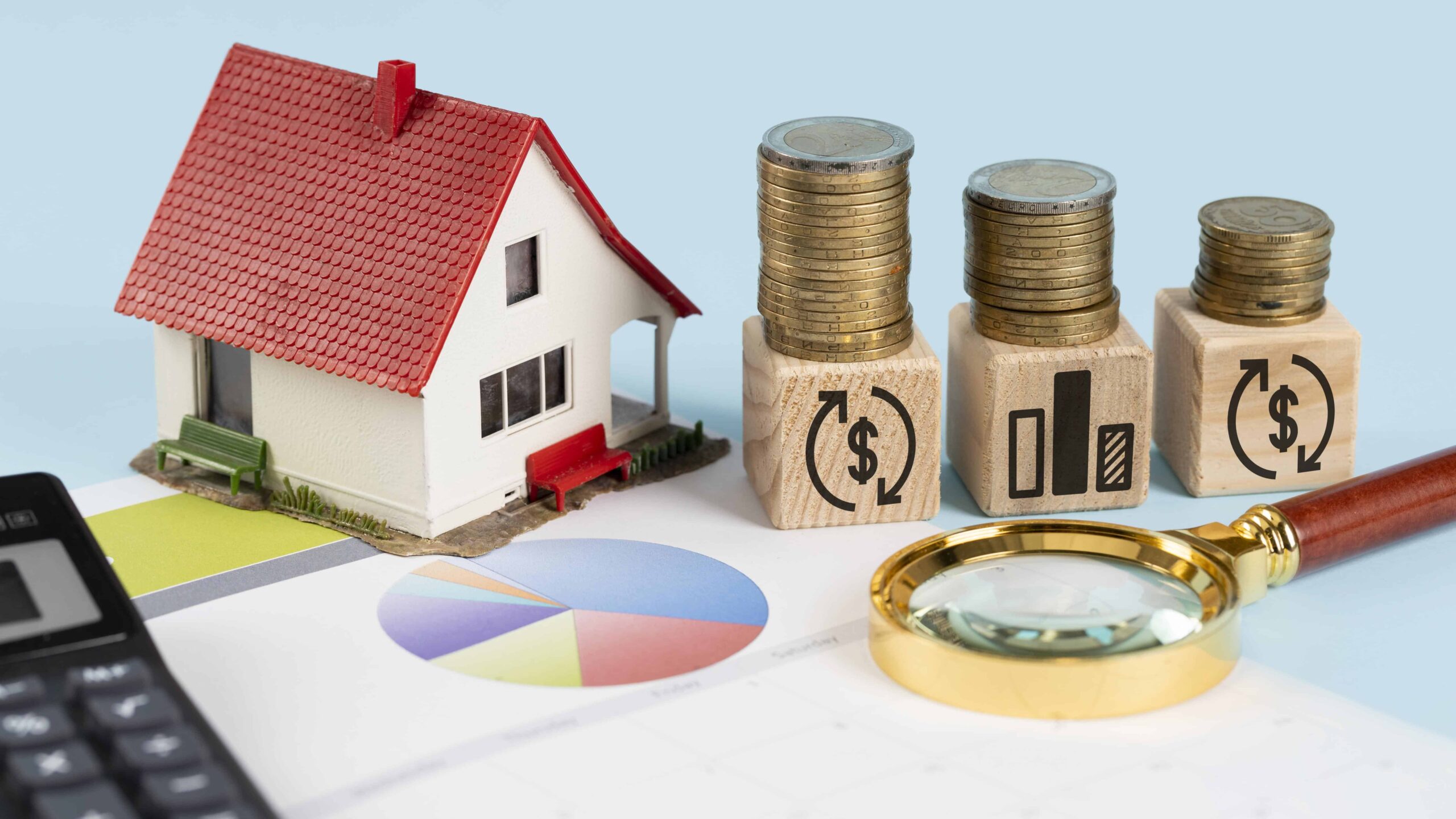In recent years, the concept of smart homes has evolved from a futuristic idea to a tangible reality. As we step into 2023, the smart home technology landscape is expanding rapidly, offering residents in Florida and beyond unprecedented levels of comfort, convenience, and security. In this comprehensive blog post, we will explore the future of smart homes in Florida, shedding light on the latest trends and technologies shaping this transformative industry.
What is the Future of Smart Home Technology?
The future of smart home technology is a captivating journey into a world where homes are not just spaces to live in but intelligent ecosystems that enhance our daily lives. From automated security systems to energy-efficient solutions, smart homes are becoming more integrated and intuitive. Here are some key aspects that define the future of smart home technology:
1. Artificial Intelligence (AI) Integration:
– Smart homes of the future will be powered by advanced AI algorithms, learning and adapting to residents’ preferences and habits.
– AI-driven personal assistants will become more sophisticated, providing seamless integration with various smart devices and enhancing overall user experience.
2. 5G Connectivity:
– The rollout of 5G networks will revolutionize smart home connectivity, ensuring faster and more reliable communication between devices.
– Increased bandwidth will enable real-time data processing and enhance the performance of smart home applications.
3. Energy Efficiency and Sustainability:
– Future smart homes will prioritize energy efficiency and sustainability, incorporating smart HVAC systems, solar panels, and intelligent lighting solutions.
– Home automation will play a crucial role in optimizing energy consumption, leading to reduced environmental impact and lower utility bills.
What are the Latest Trends in Smart Home Technology?
As of 2023, several trends are shaping the landscape of smart home technology. These trends are not only making homes smarter but also more responsive to the needs and preferences of their inhabitants:
1. Voice-Activated Devices:
– Voice-controlled smart assistants, like Amazon Alexa and Google Assistant, continue to gain popularity, allowing users to control various devices through simple voice commands.
2. Smart Lighting Solutions:
– Innovations in smart lighting technology include color-changing bulbs, motion-sensing fixtures, and personalized lighting scenes controlled via smartphone apps.
3. Security and Surveillance:
– Advanced security systems equipped with AI-powered facial recognition, smart locks, and real-time monitoring are becoming integral components of smart homes, enhancing safety and peace of mind.
What are the Trends in Smart Home Technology 2023?
As we delve into the specific trends defining smart home technology in 2023, it’s evident that the industry is reaching new heights of sophistication and integration:
1. Health and Wellness Monitoring:
– Smart home devices will increasingly focus on health and wellness, with features like sleep tracking, air quality monitoring, and smart appliances designed to promote a healthier lifestyle.
2. Edge Computing:
– The adoption of edge computing in smart homes will lead to faster data processing and reduced latency, enabling real-time decision-making for smart devices without relying solely on cloud services.
3. Smart Kitchen Appliances:
– The kitchen is becoming smarter with the integration of intelligent appliances such as smart refrigerators, ovens, and coffee makers, enhancing efficiency and convenience in daily tasks.
What Technology is in a Smart Home?
A smart home is a synergy of various cutting-edge technologies, each contributing to the seamless functioning of an intelligent ecosystem. Here are some key technologies found in a smart home:
1. Internet of Things (IoT):
– The IoT forms the foundation of smart homes, connecting devices and enabling them to communicate with each other. This interconnectedness allows for centralized control and automation.
2. Sensors and Actuators:
– Smart homes utilize a plethora of sensors, including motion sensors, temperature sensors, and door/window sensors, to gather data and trigger automated actions. Actuators, such as smart locks and motorized window blinds, respond to these inputs.
3. Smart Devices:
– From smart thermostats and lighting systems to smart TVs and refrigerators, these devices contribute to the intelligence of a smart home. They can be controlled remotely via smartphone apps or voice commands.
The future of smart homes in Florida and beyond is brimming with possibilities, driven by advancements in technology and an increasing demand for connected living spaces. As we embrace 2023, the integration of AI, 5G connectivity, and sustainable practices will continue to define the smart home landscape. By staying attuned to the latest trends and technologies, homeowners can embark on a journey towards a more intelligent, efficient, and comfortable lifestyle in the Sunshine State. As smart homes become an integral part of our daily lives, the possibilities for innovation and improvement are limitless, promising an exciting future for residents seeking a harmonious blend of technology and home life.





